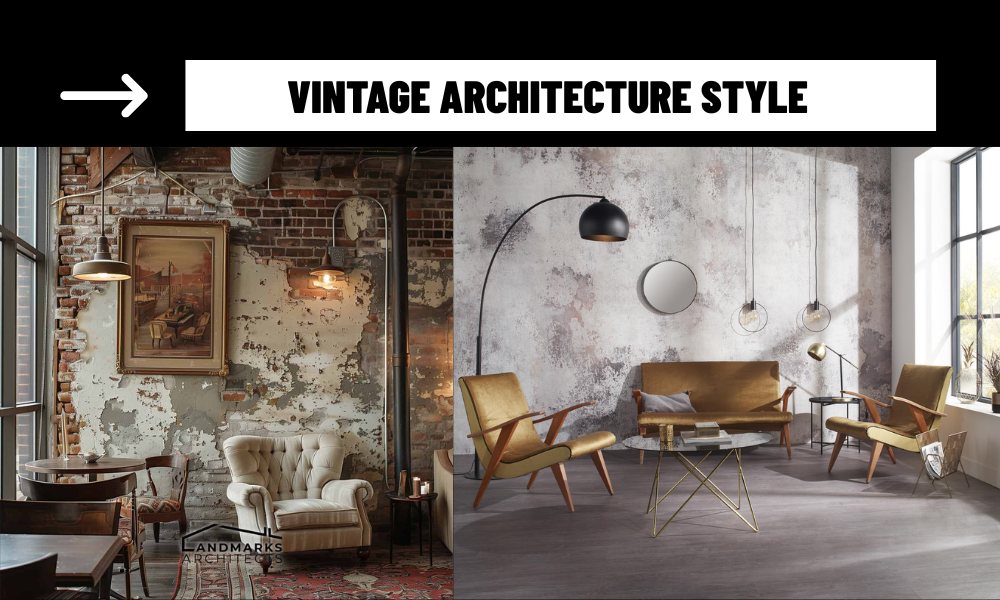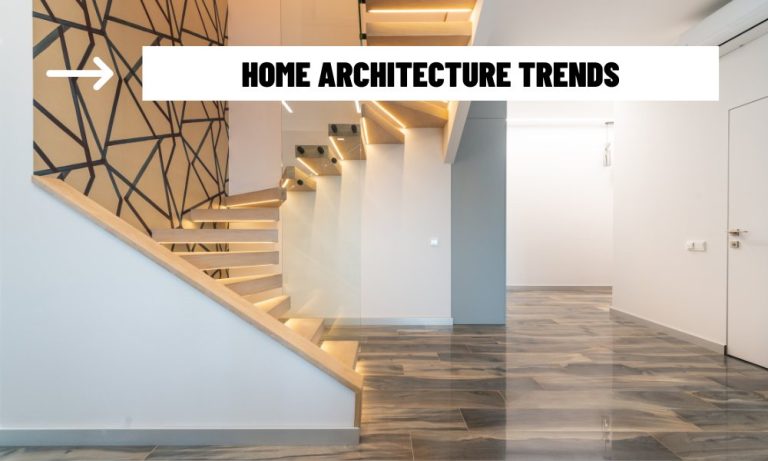What Is Vintage Architecture Style?
The vintage architecture style refers to design aesthetics from past eras, typically spanning the 18th to early 20th centuries. It encompasses styles like Victorian, Art Deco, Gothic Revival, and Colonial, characterized by intricate details, craftsmanship, and historical charm. These styles evoke nostalgia, blending functionality with ornate or rustic beauty that stands in contrast to modern minimalism.
In this article, we’ll dive into the key elements of vintage architecture, iconic examples, and tips for incorporating its charm into modern spaces.
Key Elements of Vintage Architecture Style
The vintage architecture style is defined by distinct features that reflect the craftsmanship and cultural influences of its time. Here are the core elements:
Ornate Details: Victorian homes feature elaborate moldings, cornices, and stained-glass windows, while Art Deco emphasizes geometric patterns and bold motifs.
Rich Materials: Wood paneling, wrought iron, and natural stone are common, showcasing durability and elegance.
Symmetry and Proportion: Colonial and Georgian styles prioritize balanced facades with evenly spaced windows and grand entrances.
Arches and Columns: Gothic Revival architecture uses pointed arches and ribbed vaults, while Classical Revival incorporates stately columns.
Vibrant Colors and Textures: From the pastel hues of Art Nouveau to the deep tones of Tudor Revival, vintage styles embrace bold palettes and textured surfaces.

Iconic Examples of Vintage Architecture
Several architectural styles fall under the vintage architecture style umbrella, each with unique characteristics:
Victorian (1837–1901): Known for steeply pitched roofs, turrets, and gingerbread trim, as seen in San Francisco’s Painted Ladies.
Art Deco (1920s–1930s): Features sleek lines, zigzag patterns, and luxurious materials, exemplified by the Chrysler Building in New York.
Gothic Revival (1740s–1870s): Characterized by pointed arches and intricate tracery, like London’s Palace of Westminster.
Colonial Revival (1880–1955): Emphasizes symmetry and brickwork, as seen in restored American plantation homes.
Why Vintage Architecture Style Endures
The vintage architecture style remains popular for its ability to tell stories through design. Its appeal lies in:
Historical Significance: Vintage buildings reflect the cultural and technological context of their era.
Craftsmanship: Hand-carved details and durable materials showcase unparalleled artistry.
Aesthetic Versatility: Vintage elements can be adapted to modern homes, from retro-inspired decor to restored heritage properties.
This style resonates with those who value individuality and a connection to the past, making it a favorite for homeowners and architects alike.
Incorporating Vintage Architecture Style Today
Want to bring the vintage architecture style into your space? Try these tips:
Restore Original Features: Preserve exposed beams, fireplaces, or hardwood floors in older homes.
Use Vintage-Inspired Decor: Add clawfoot tubs, brass fixtures, or patterned wallpapers to evoke Victorian or Art Deco vibes.
Blend Old and New: Pair vintage furniture with modern layouts for a balanced look.
Visit Historic Sites: Explore landmarks like Charleston’s historic district to inspire your designs.
The vintage architecture style captures the elegance and craftsmanship of bygone eras, from the grandeur of Gothic Revival to the glamour of Art Deco. Its ornate details, rich materials, and timeless appeal continue to inspire architects, designers, and homeowners. Whether you’re restoring a historic property or adding vintage touches to a modern space, this style offers endless possibilities for creating a unique and nostalgic aesthetic.
















